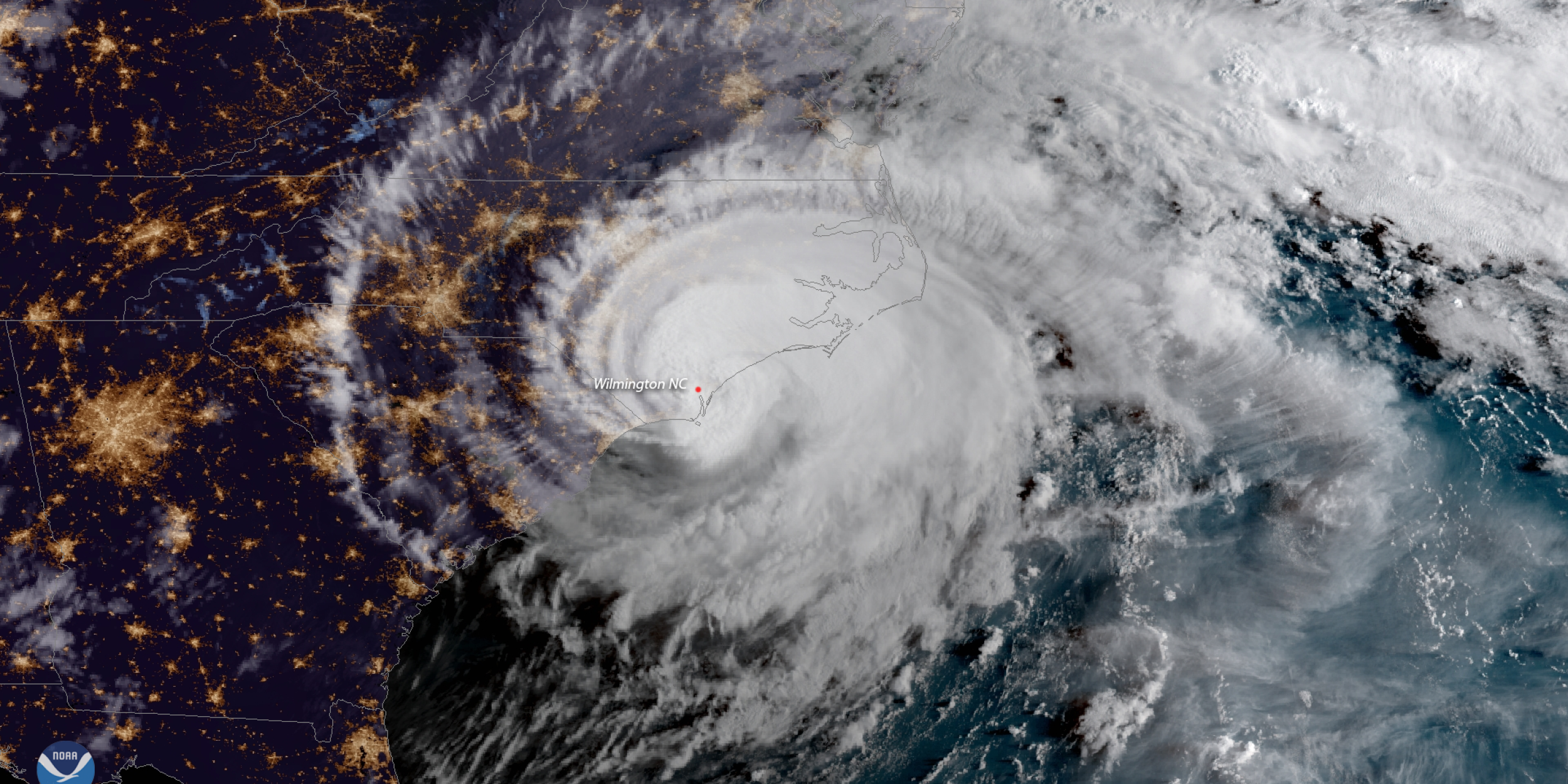When tropical cyclones (TC) move into the midlatitudes, their physical structure changes and some transform into extratropical cyclones. This process is called extratropical transition (ET) during which some TCs transform from a “symmetric” “warm core” circulation system to an “asymmetric” “cold core” system, by interacting with midlatitude environments and weather systems. It has been found that ET changes the physical structure of the cyclone and its associated hazards: The wind and precipitation fields expand in size and concentrate along frontal boundaries; the storm accelerates its forward motion and may produce large waves and swell.
It has been found that climate change may alter the frequency, intensity, or location of ET events. Several studies have used global climate models to study future changes in ET activity in the North Atlantic. In addition, Liu et al. (2017) find that storms undergoing ET account for most of the projected increase in TC frequency in the eastern North Atlantic. One diagnostic tool for defining ET is the cyclone phase space.
In a new Journal of Advances in Modeling Earth Systems article, authors Melanie Bieli, Hiroyuki Murakami, Gabriel Vecchi, Adam Sobel, and Suzana Camargo, analyze the global statistics of tropical cyclones undergoing ET by applying the cyclone phase space to the tropical cyclones simulated by a global climate model. The authors studied the changes in the global occurrence of ET between two 30‐year time periods simulated by the climate model: a historical period from 1976 to 2005 and a future period from 2071 to 2100, whose simulation is based on a scenario of moderate increases in greenhouse gas emissions. In the western North Pacific, TCs are found to become more likely to undergo ET in the future climate. However, the changes in global statistics of ET (where and how often it occurs) between the simulated future and historical climate are small. This study was partially funded by the MAPP program.
———————————————————————————————–
About MAPP
The Modeling, Analysis, Predictions, and Projections (MAPP) Program is a competitive research program in NOAA Research’s Climate Program Office. MAPP’s mission is to enhance the Nation’s and NOAA’s capability to understand, predict, and project variability and long-term changes in Earth’s system and mitigate human and economic impacts. To achieve its mission, MAPP supports foundational research, transition of research to applications, and engagement across other parts of NOAA, among partner agencies, and with the external research community. MAPP plays a crucial role in enabling national preparedness for extreme events like drought and longer-term climate changes. For more information, please visit www.cpo.noaa.gov/MAPP.
Liu, M., Vecchi, G. A., Smith, J. A., & Murakami, H. (2018). Projection of landfalling‐tropical cyclone rainfall in the eastern United States under anthropogenic warming. Journal of Climate, 31, 7269–7286. https://doi.org/10.1175/JCLI-D-17-0747.1



